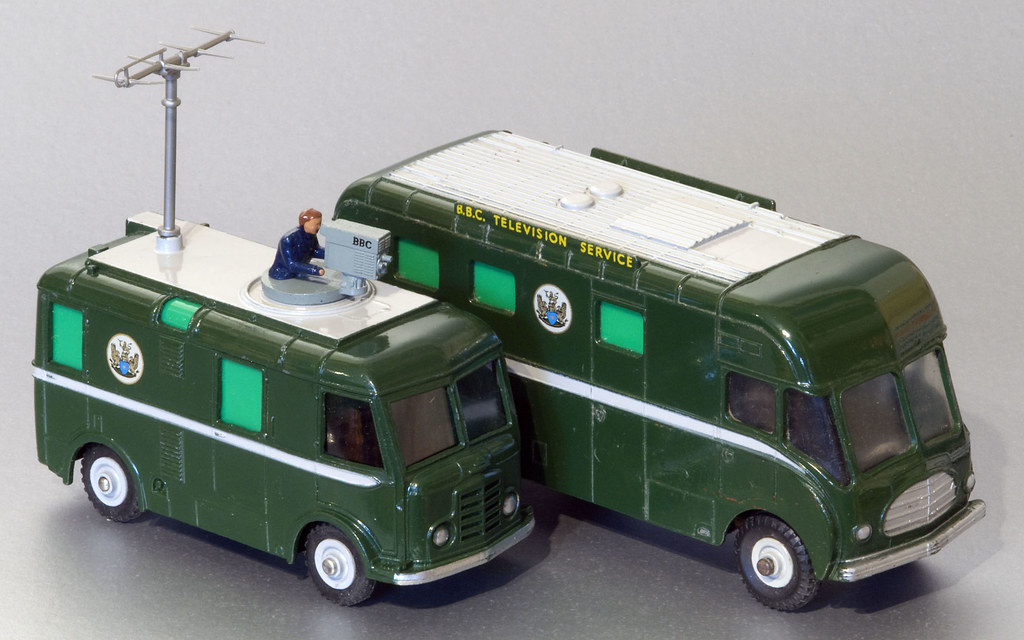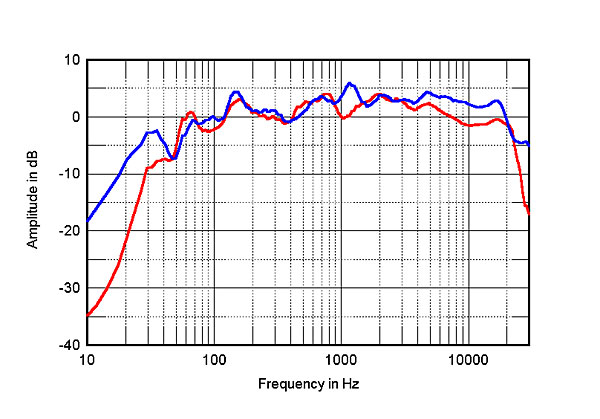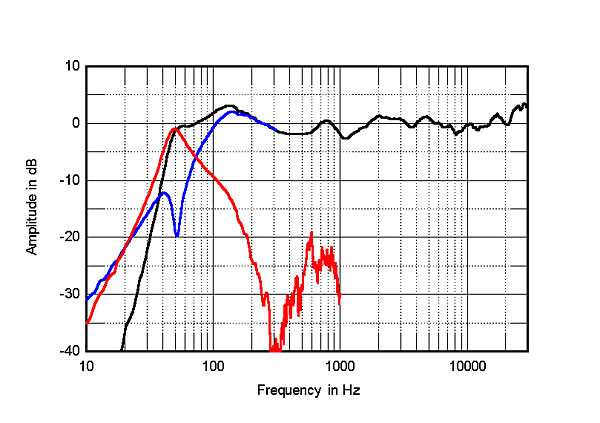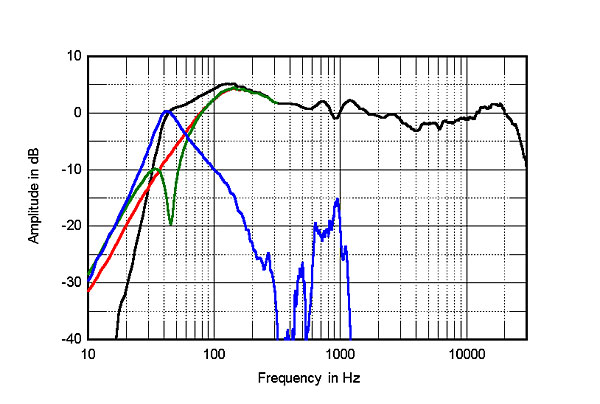Dannie Richie gr-research.com was advising me on how to improve them. As I could not get the speakers out for fear of spoiling them, I did not change the cable with Neotech OCC wire. SOCT-16 was my choice.
Audiocircle: I bet I can make your speakers sound better.
The bypass with the polysteryrene cap I liked so much that I decided not to replace the original yellow with a red Jantzen Audio Superior Z-Cap like Tony Gee humblehomemadehifi.com suggested me. He also advised me not to change the coil
Humble Homemade Hifi - Cap Test
630 Volt Polystyrene Audiophile Capacitors - on sale
Audiocircle: I bet I can make your speakers sound better.
The bypass with the polysteryrene cap I liked so much that I decided not to replace the original yellow with a red Jantzen Audio Superior Z-Cap like Tony Gee humblehomemadehifi.com suggested me. He also advised me not to change the coil
Humble Homemade Hifi - Cap Test
630 Volt Polystyrene Audiophile Capacitors - on sale
Last edited:
It was trial and error and it works!
First I have in the RCA cables from my DAC (amp connection)
My inspiration to make the same with the speakers was Nuprime ST-10 class D power amp:
[URL]http://maty.galeon.com/WP-imagenes/hard/Nuprime-ST-10-inside.jpg[/URL]
I do not know why I have more and better bass. One [B]hypothesis[/B] is that it increases the slope of the first order filter that is the coil but without measures... I do not tried with only wire [I](positive or negative)[/I].
I can only assure that it produces that effect.
The [I]logical[/I] thing would be to think that the improvement was only with the first-order filter of the tweeter but it caused a [COLOR=Red]harsh[/COLOR] tweeter.
First I have in the RCA cables from my DAC (amp connection)
An externally hosted image should be here but it was not working when we last tested it.
My inspiration to make the same with the speakers was Nuprime ST-10 class D power amp:
[URL]http://maty.galeon.com/WP-imagenes/hard/Nuprime-ST-10-inside.jpg[/URL]
I do not know why I have more and better bass. One [B]hypothesis[/B] is that it increases the slope of the first order filter that is the coil but without measures... I do not tried with only wire [I](positive or negative)[/I].
I can only assure that it produces that effect.
The [I]logical[/I] thing would be to think that the improvement was only with the first-order filter of the tweeter but it caused a [COLOR=Red]harsh[/COLOR] tweeter.
Last edited:
Here too:
Tony Gee's Capacitor page updated..
Humble Homemade Hifi - Cap Test
Tony Gee's Capacitor page updated..
The burning is very fast, as you can see how the sound is improving. More detailed sound and, above all, much greater separation of instruments in jazz. There's even a little more depth - you can tell if I get up and walk away . Ah, despite the greater detail the treble are more pleasant .
The classical music is also improving a lot.
The boxes look like others, the music is more real, credible .
On a scale of ten, the score would be:
Before: 8/10
Now: 10/10
I guess with commercial music the improvement will be much lower.
Humble Homemade Hifi - Cap Test
LCR Capacitors FSC tubular foil polystyrene, axial lead, 0,01uF 160Vdc – 2,5% tolerance
Technical specifications (according to manufacturer): "Polystyrene is a superior dielectric material with exceptionally high insulation resistance and low loss. Aluminium foil electrodes are used and terminal wires are welded to them to ensure satisfactory performance at low voltage and high frequency. Low temperature coefficient. Close capacitance tolerance. Extreme capacitance stability. Low power factor. High insulation resistance. Small physical size. These are recommended for use in I.F. transformers, tuned circuits, pulse networks, laboratory standards, timing circuits, analogue and digital computing circuits and many other applications where superior qualities are used to advantage. Marking: Wherever possible capacitance tolerance and working voltage are clearly indicated by black digital lettering, but on small components a letter code is used for tolerance."
Sound: Like the Vishay MKP1837 they really clear things up when used as a small parallel capacitor. They take away the grainy edge from most capacitors. They give a gain in clarity and detail making instruments better separable from each other, the violins in an orchestra are a group of individual violins instead of one mass. They don't do the disappearing-act quite as well as the Vishay MKP1837 but they come close. I also find them to match well with "analogue" sounding capacitors like paper-in-oil types, etc in which they improve clarity at the top end of the spectrum.
Verdict: An alternative to the Vishay MKP1837 if you are looking for an even more detailed sound.
With my styroflex the trebble is more detailed/clean and pleasent/natural/credible/real too.
As I already mentionedy KEF Q100 love watts.
My second hand and cheap tweaked AV Marantz SR4500:
Marantz SR4500 A/V Receiver HT Labs Measures | Sound & Vision
Maybe the problem is the amplifier. Which?
My second hand and cheap tweaked AV Marantz SR4500:
Marantz SR4500 A/V Receiver HT Labs Measures | Sound & Vision
This graph shows that the SR4500's left channel, from CD input to speaker output with two channels driving 8-ohm loads, reaches 0.1% distortion at 100.4 watts and 1% distortion at 114.6 watts.
Into 4 ohms, the amplifier reaches 0.1% distortion at 128.2 watts and 1% distortion at 158.8 watts.
The signal-to-noise ratio with 2.83 volts driving an 8-ohm load from 10 Hz to 24 kHz with "A" weighting was –100.92 dBrA.
Maybe the problem is the amplifier. Which?
Last edited:
KEF LS50 Wireless - United States
A38 - Integrated Amplifier - Arcam
[Polish Review] Arcam A39
Wzmacniacze stereo - testy
to English with Google
Traductor de Google
Amplifier output power LF: 200W HF: 30W
Arcam A38ChannelBOZ101
The difference you hear with stands is normal for this ls50. A better amp will make more difference than the stands. The ls50 has much better bass than ls3. Highs also are more crisp and balanced, but as I stated before, the ls50 is very sensitive for the amp you use. You can find that in every review, it’s maybe not right, but that’s how it is. After buying the ls50 I was a bit disappointed too, but when I bought really good and heavy stands and I changed my Denon amp for an Arcam A38 the ls50 sounded magical and better than the ls3. Still the ls3 is a great speaker that also becomes better with a better amp.
My ls50 needed at least a month to run in, so let them play for a day or two.
A38 - Integrated Amplifier - Arcam
Power amplifier features
- 105wpc continuous power output (8ohms, both channels driven)
- 200wpc continuous power output (4ohms, 1kHz, one channel driven)
[Polish Review] Arcam A39
Wzmacniacze stereo - testy
to English with Google
Traductor de Google
<li class="moc-znamionowa-1-thd-n-1-khz-w-8-ohm-2x">Rated power (1% THD + N, 1 kHz) [W] 8 Ω, 2x 127 <li class="moc-znamionowa-1-thd-n-1-khz-w-4-ohm-2x"> Rated power (1% THD + N, 1 kHz) [W] 4 Ω, 2x 198 <li class="czulosc-dla-maksymalnej-mocy-v-2x"> Sensitivity (for maximum power) [V] 2x 0.23 <li class="stosunek-sygnal-szum-filtr-a-wazony-w-odniesieniu-do-1w-db"> Signal-to-noise ratio (A-weighted filter, with reference to 1W) [dB] 75 <li class="dynamika-db"> Dynamics [dB] 97
Last edited:
SoundStage! Hi-Fi | SoundStageHiFi.com - KEF LS50 Loudspeakers
Simaudio Moon Evolution 870A: 300 watts at 8 Ohms
Copland CTA 506: 90 watts into loads of 16, 8, and 4 ohms
Anthem Statement M1s (mono): 1,000 watts into 8 ohms, and an astonishing 2,000 watts into 4 ohms
SoundStageNetwork.com | SoundStage.com - NRC Measurements: KEF LS50 Loudspeakers
Eximus S1: 125 watts at 8 OhmsAmplifiers -- Eximus S1, Simaudio Moon Evolution 870A, Copland CTA 506, Anthem Statement M1s (mono)
Simaudio Moon Evolution 870A: 300 watts at 8 Ohms
Copland CTA 506: 90 watts into loads of 16, 8, and 4 ohms
Anthem Statement M1s (mono): 1,000 watts into 8 ohms, and an astonishing 2,000 watts into 4 ohms
SoundStageNetwork.com | SoundStage.com - NRC Measurements: KEF LS50 Loudspeakers
Last edited:
[Polish Review, KEF LS50] Zespoły głośnikowe - testy
to English with Google:
Traductor de Google
KEF LS50 needs watts, more than KEF Q100.
to English with Google:
Traductor de Google
Is presented as 8 ohms, here with quite an insolent note that the minimum is 3.3 ohms ..
The sensitivity is not high, but decent - 83 dB, which despite appearances is a standard result for a small substitute, although usually the value of this parameter overstates, even considerably. KEF gives 85 dB and I will not get any fainter here, because even though 2 dB is quite a bit, the differences between catalog and measured data are usually bigger...
KEF LS50 needs watts, more than KEF Q100.
Last edited:
To finnish, the components that I almost bought for the KEF Q100:
An externally hosted image should be here but it was not working when we last tested it.
The Neotech SOCT-16 hookup wire does not appear because I was unable to dismantle the speaker for fear of damaging the crown, that must be very well stuck in my boxes.
Sorry if this has been discussed already (I did a search for "mod" in this topic that didn't give any results)..
Has anyone tried this mod / have an opinion on it?
Kef LS50 Crossover upgrade - DIY Audio Projects - StereoNET
Has anyone tried this mod / have an opinion on it?
Kef LS50 Crossover upgrade - DIY Audio Projects - StereoNET
I have some new Kef Q150 speakers. Similar to the Q100s and I want to tweak them for better sound. I am trying to find the Würth 150 kHz ferrite. I went to the Würth website and could not find it.Do you know where I can get some?
How does the capacitor effect the high frequency curve or quality of the sound.?
How does the capacitor effect the high frequency curve or quality of the sound.?
Sorry if this has been discussed already (I did a search for "mod" in this topic that didn't give any results)..
Has anyone tried this mod / have an opinion on it?
Kef LS50 Crossover upgrade - DIY Audio Projects - StereoNET
I can't access the website, but I have heard the LS50 with the new crossover from user "Ton-Feile" (Article about it -- in german: KEF LS50 Tonfeile Pimp - Selbstbau Lautsprecher - Frank-Landmesser.de). This is indeed a very clear improvement over the original crossover.
I have never understood the hifi-hype of LS50 nonetheless the "idol" LS3, the lightweight speech monitor for mobile broadcast units of '60s

Room response when set on a pole is quite revealing of sound signature, measured by Stereophile (red line KEF, blue LS3) and because of the minimal cone area, eq will lead to extreme distortion in bass.

Lately the Qx50 series has better voicing, for a fraction of price, but sadly room response was not published. Here averaged listening window responses from Stereophile
LS50

Q350


Room response when set on a pole is quite revealing of sound signature, measured by Stereophile (red line KEF, blue LS3) and because of the minimal cone area, eq will lead to extreme distortion in bass.

Lately the Qx50 series has better voicing, for a fraction of price, but sadly room response was not published. Here averaged listening window responses from Stereophile
LS50

Q350

Last edited:
I have some new Kef Q150 speakers. Similar to the Q100s and I want to tweak them for better sound. I am trying to find the Würth 150 kHz ferrite. I went to the Würth website and could not find it. Do you know where I can get some?
How does the capacitor effect the high frequency curve or quality of the sound.?
wurth 150 khz ferrite - Google Search
Two sizes: 8 mm and 12.5 mm (to thicker power cables).
Europe
https://uk.farnell.com/wurth-elektronik/74272733/ferrite-core-split-8mm-30mhz/dp/1800423 new design, case
https://uk.farnell.com/wurth-elektronik/74272722/ferrite-core-split-12-5mm-30mhz/dp/1869776 old design, case
USA
https://www.newark.com/wurth-elektronik/74272733/ferrite-core-split-8mm/dp/78R5632
https://www.newark.com/wurth-elektronik/74271722/ferrite-core-split-12-5mm-270/dp/08P2343
- Status
- This old topic is closed. If you want to reopen this topic, contact a moderator using the "Report Post" button.
- Home
- Loudspeakers
- Multi-Way
- KEF LS50

